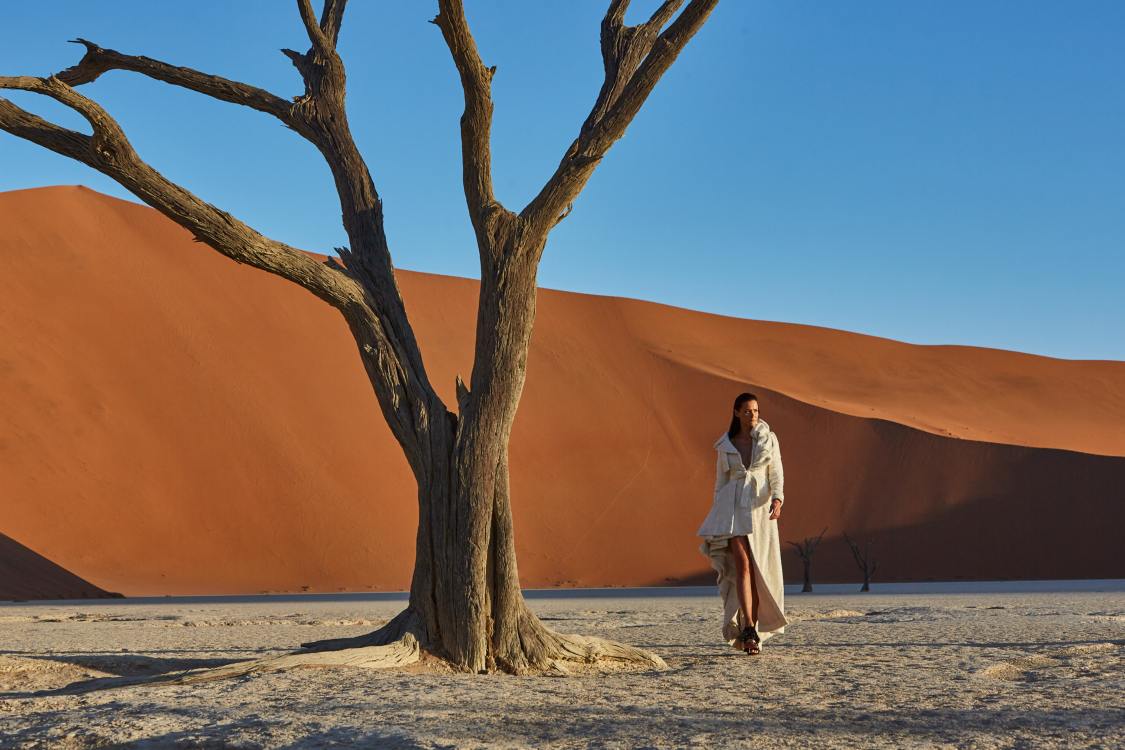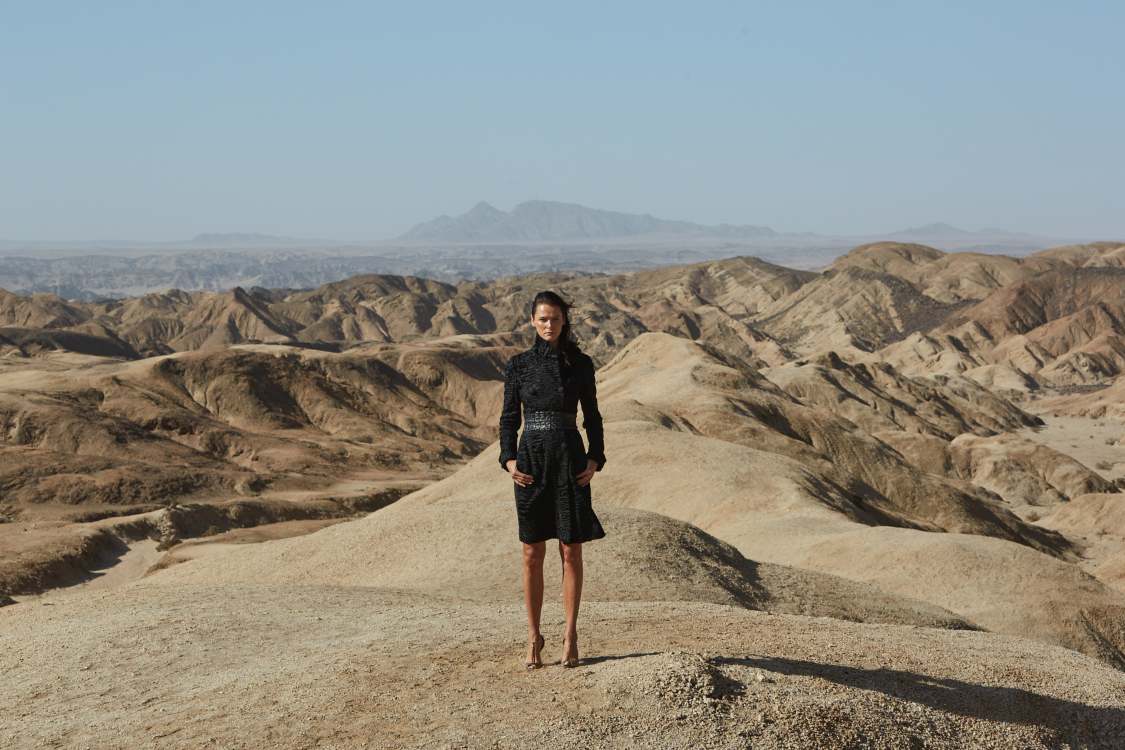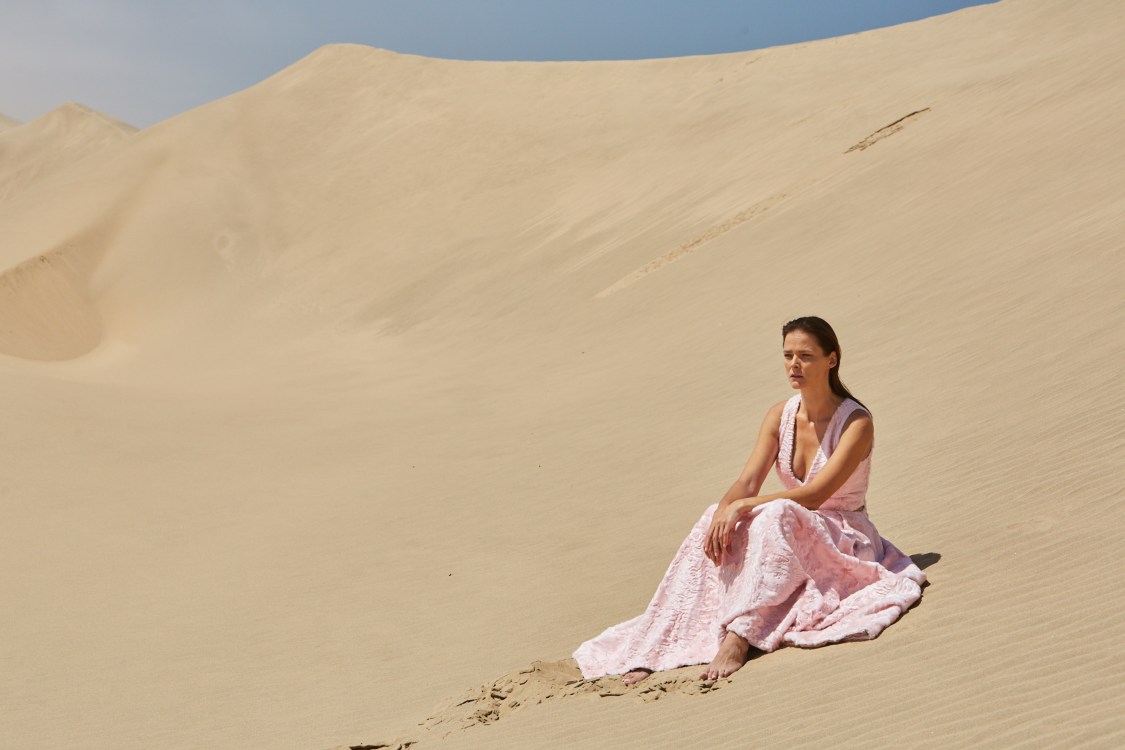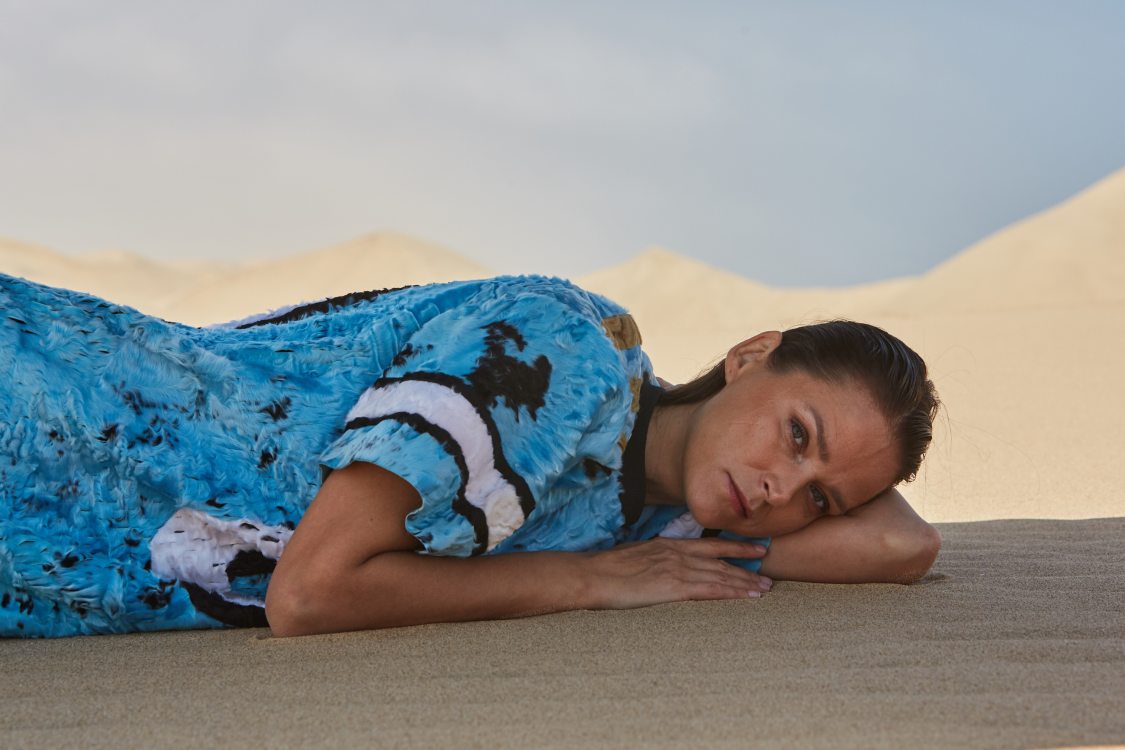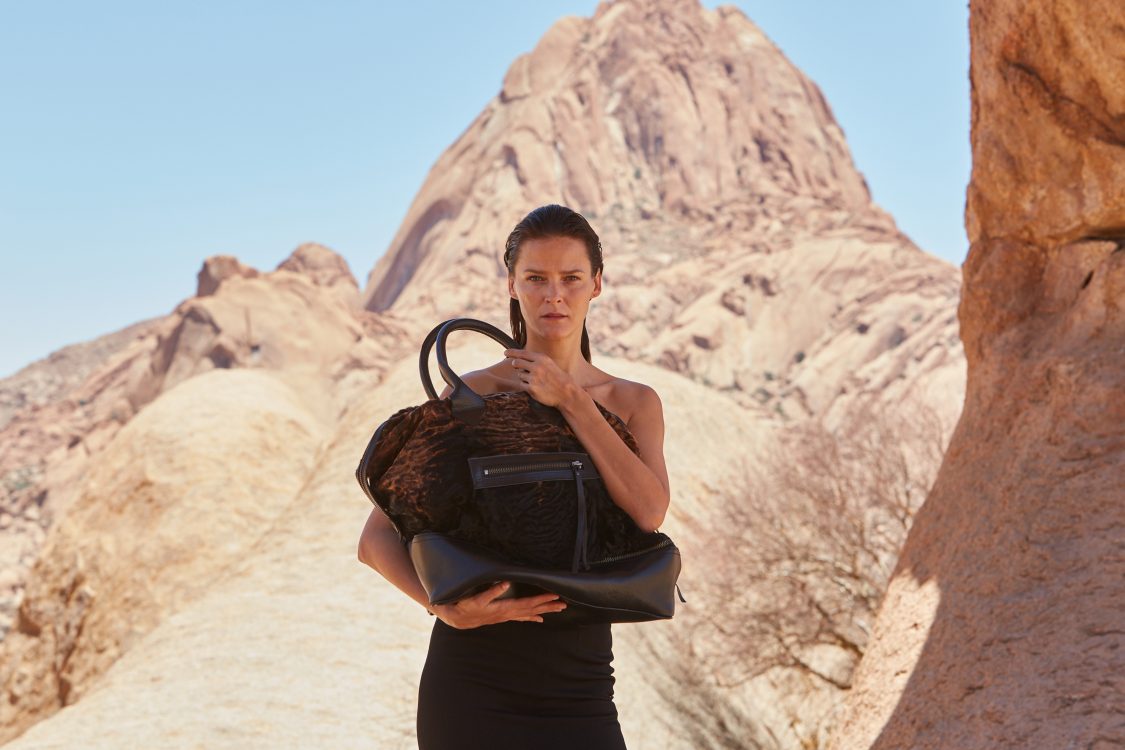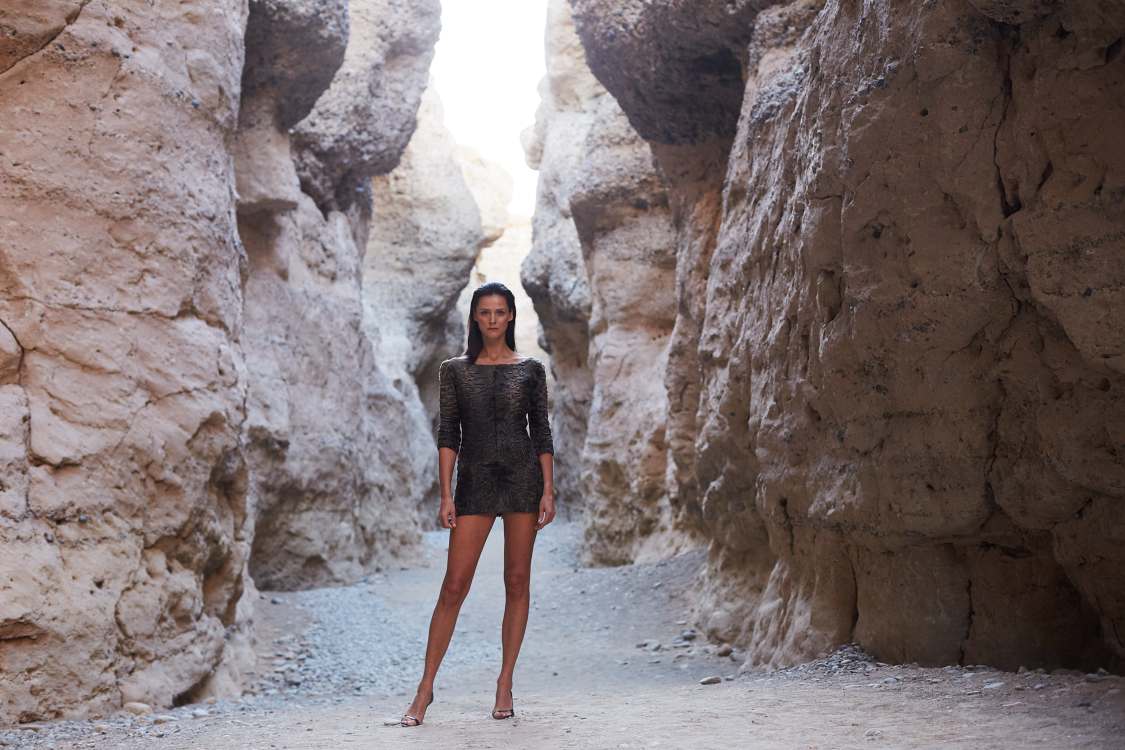
SWAKARA
Patterned by nature, perfected by Africa. Quality above all.
In 1907, a dozen purebred karakul sheep from the steppe of Central Asia became five unlikely immigrants to Southwest Africa, and spawned over a century of luxury Swakara fur farming. Hardy from the spartan conditions of their semi-arid home, the sheep quickly adapted to the desert climate of Namibia. Astute Namibian farmers used their knowledge of the land to develop specialised breeding standards and farming techniques, increasing the quality of production year after year. Through 110 years of development, Swakara has become a mainstay of the agricultural economy of the dry southern and western areas of Namibia.
Eleven decades of meticulous development and breeding have made Swakara a fur that truly stands apart. With an eye toward quality above all, African farmers have created a sheepskin that is unique in the world, differing significantly from those found in Central Asia. Unlike curly-haired counterparts, Swakara is smooth, silky, and flat. The excellent standard of pelts produced in Namibia is also without equal, a result of 110 years of passion and effort. That quality has made the Swakara brand of pelts some of the most coveted fur in the world. Swakara is sold exclusively at Kopenhagen Fur’s March and September auctions.
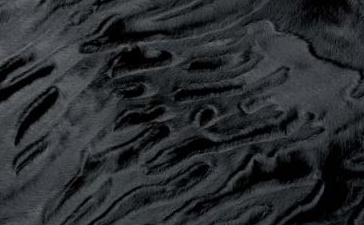
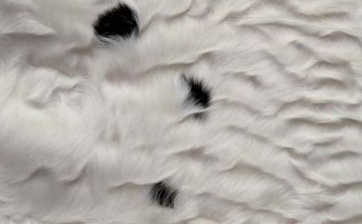
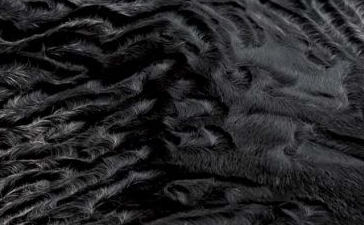
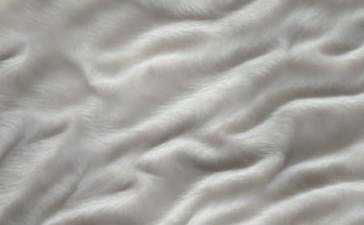
Features of Swakara
The most significant feature of a Swakara pelt is its recessed grooves, which form a 9-surface motif. The pattern of ridges is unique to each Swakara pelt, which are at the same time soft and very appealing to the touch. The shapes, dimensions, and combinations of its swirls are the main characteristics which determine the grading of a pelt. To obtain this quality, farmers classify the lamb for either breeding or pelt production right after birth. The Swakara’s exclusive and lustrous sheen, combined with its truly distinctive pattern of compact curves and whorls has made it a favourite amongst designers and fur producers. The natural colour palette of Swakara consists of black, grey, white, brown, and spotted, but it is possible to find over 200 different variations in tone. A single grey coloured Swakara pelt can even feature over five natural tones.

